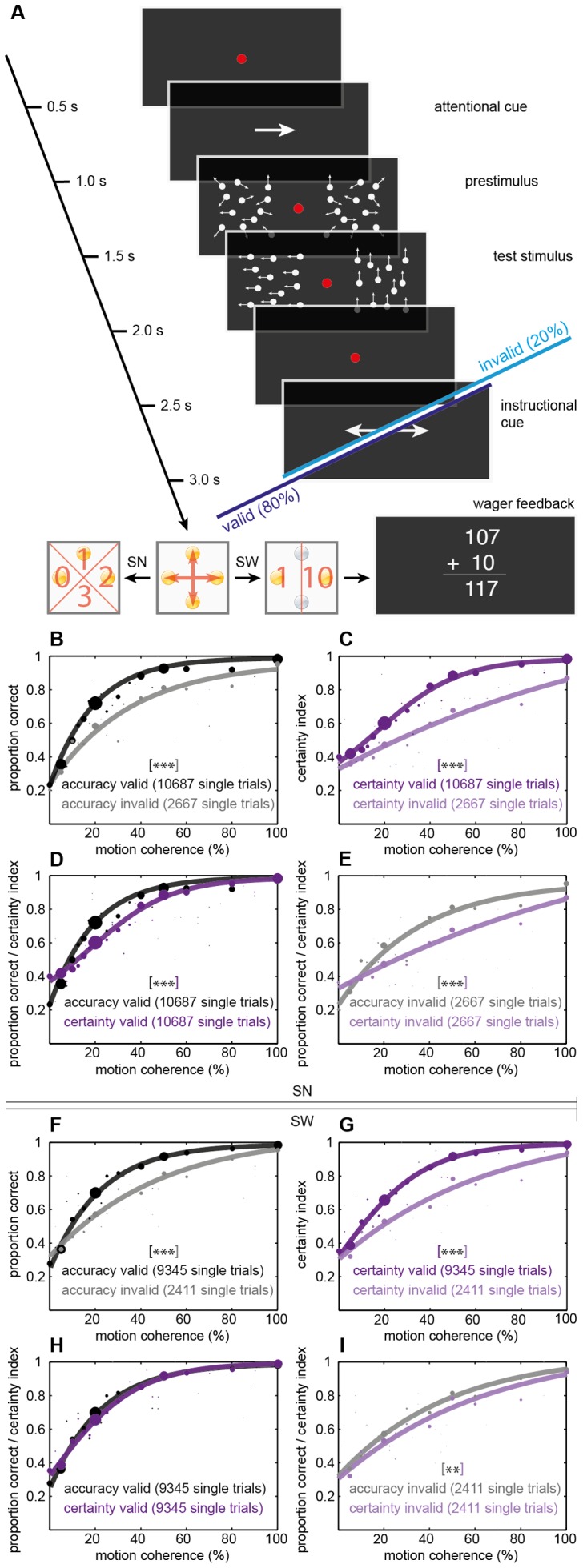Figure 1. Spatial attention: behavioral tasks and effects of attention on accuracy and certainty.

A, Timing of events for an example spatial attention trial. The test stimulus consisted of two RDKs presented simultaneously left and right of the fixation point (1.5 – 2s), level of motion coherence and direction of global motion (four alternatives) were modulated on a trial-by-trial basis. An arrow before stimulus presentation (0.5 – 1s) indicated which RDK covertly shift attention to, a second arrow after the stimulus (2.5 – 3s) instructed subjects which RDK they actually had to indicate the direction of coherent motion for. Valid cueing - as defined by congruent orientation of the attentional and the instructional cue - was applied in 80% of trials, see dark blue option. Invalid cueing (incongruent arrows, light blue option) was applied in the remaining 20% of trials. Subjects reported perceived motion direction with a first button press and decision certainty with either a second press of the same buttons using four predefined numerical ratings (SN) or of two of the buttons corresponding to a high (10) or low (1) wager (SW). For the separate wagering variation, wager feedback was given via a continuously updated point score adding or subtracting the chosen virtual bet. B–I, Percentage of correct responses or certainty index, respectively, vs. motion coherence for all subjects. Data points show the proportion of correct choices or the certainty index, respectively. Size of the points is scaled pursuant to the number of corresponding trials. Solid curves are logistic fits to the data using a Maximum Likelihood criterion. ** tags p<0.01; *** p<0.001 derived from model comparison statistics using Monte-Carlo simulations of the two respective fits, missing asterisk in h: no significant difference between fits. Spatial attention with numerical certainty ratings: B–E; spatial attention with certainty wager: F–I. B,F compare accuracy for valid and invalid cues. C,G compare certainty for valid and invalid cues. D,H compare accuracy and certainty for valid trials. E,I compare accuracy and certainty for invalid trials.
